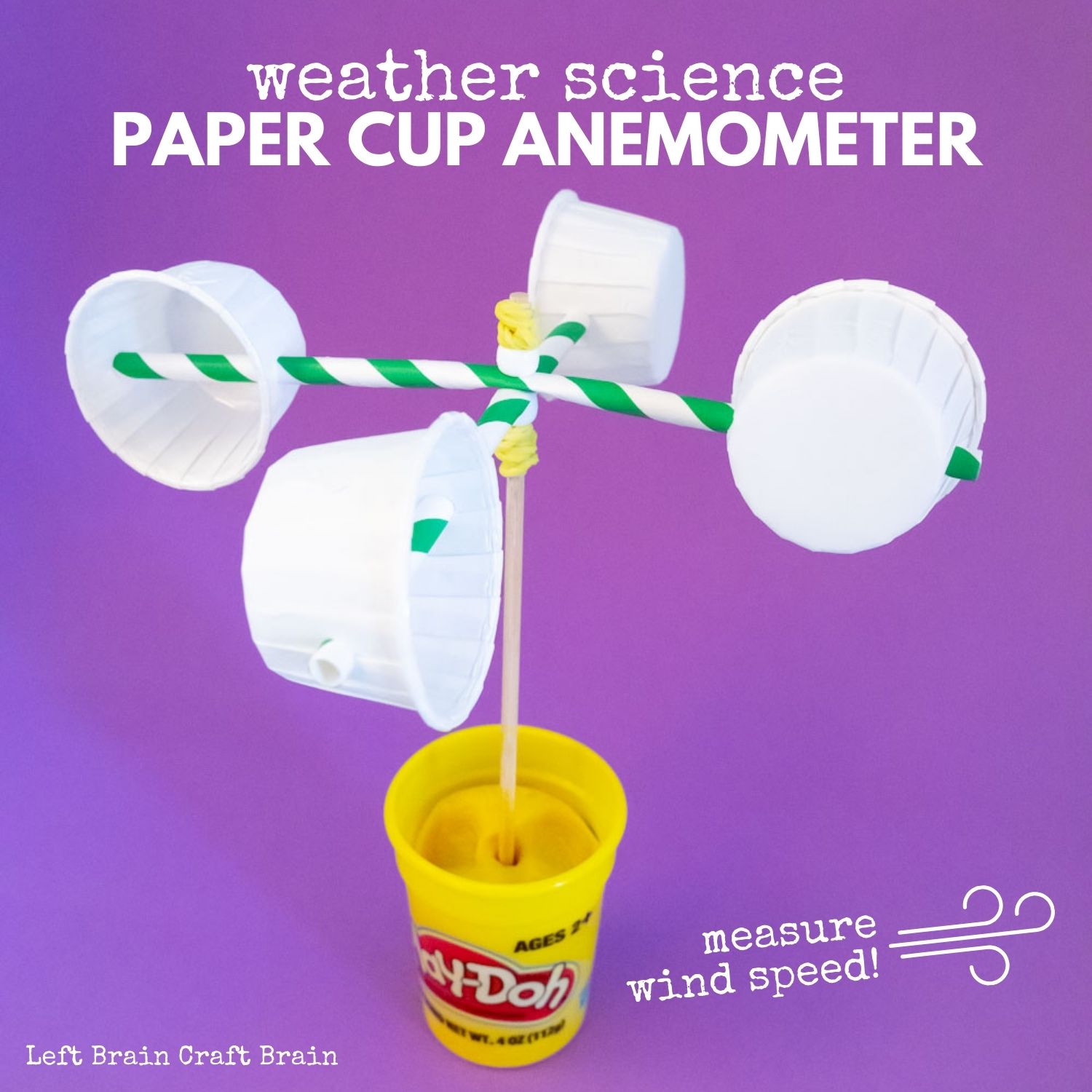Understanding Different Types of Anemometers for Various Applications
Understanding Different Types of Anemometers for Various Applications
Blog Article
Exploring the Functions and Advantages of Anemometers for Climate Fanatics and Professionals
From mug anemometers to sonic anemometers, each kind brings its unique collection of benefits and applications, losing light on numerous elements of atmospheric problems. As we dig right into the functions and advantages of anemometers, a much deeper understanding emerges not just of prevailing climate phenomena yet likewise of the more comprehensive ramifications for industries like wind power production and ecological research.
Relevance of Anemometers in Weather Condition Surveillance
Anemometers play an important role in weather surveillance by providing accurate measurements of wind speed, helping in projecting and understanding weather condition patterns. These tools, varying from typical mug anemometers to modern ultrasonic anemometers, are vital for meteorologists, researchers, and weather condition lovers alike.

Kinds Of Anemometers and Their Applications
With the essential duty anemometers play in climate monitoring and forecasting, comprehending the different types of these instruments and their applications becomes crucial for specialists and lovers in the field. One of the most usual sorts of anemometers include mug anemometers, vane anemometers, hot-wire anemometers, and ultrasonic anemometers. Cup anemometers contain 3 or four mugs installed on horizontal arms that revolve with the wind, determining its speed. Vane anemometers, on the various other hand, utilize a freely revolving vane to line up with the wind instructions, supplying both wind speed and instructions measurements. Hot-wire anemometers run based on the concept of convective warm transfer, where the cooling effect of the air circulation is measured to establish wind speed. Ultrasonic anemometers utilize ultrasonic sound waves to compute wind speed and instructions accurately.
Mug anemometers are appropriate and robust for basic climate surveillance, while vane anemometers are preferred for directional measurements. Ultrasonic anemometers are non-intrusive and provide high precision, commonly made use of in study and specialized climate monitoring applications.
Advantages of Using Anemometers in Forecasting
In meteorology, the application of anemometers provides vital advantages for enhancing the precision of climate projecting. Anemometers determine wind speed and instructions, giving critical information for anticipating weather patterns. By incorporating wind information right into forecasting models, meteorologists can much better comprehend the movement of weather systems, prepare for modifications in atmospheric problems, and concern much more precise projections.
Additionally, anemometers play an important role in analyzing prospective weather threats. Checking wind speeds aids forecasters anticipate severe climate events such as hurricanes, twisters, and winter season tornados with greater precision. This early caution system makes it possible for authorities to issue prompt alerts and carry out required precaution, reducing the dangers to life and residential property.
Additionally, anemometers help in optimizing renewable resource production. By assessing wind patterns, meteorologists can identify appropriate areas for wind farms and anticipate power output, adding to the reliable generation of wind power.

Anemometers in Wind Power Manufacturing
Given the vital duty anemometers play in giving accurate wind data for weather condition forecasting and danger analysis, their significance extends to the realm of wind energy production. Anemometers are vital tools in the area of wind power, where the dimension of wind rate and instructions is critical for identifying the expediency and effectiveness of wind turbine setups. By precisely determining wind speeds at varying heights, anemometers assist enhance the placement and design of wind turbines to optimize power outcome.
In wind farms, anemometers you could try this out are strategically placed to collect real-time wind data that is made use of to analyze the possible power production of a site. This data contributes in determining the financial viability of wind power tasks and in forecasting energy generation to guarantee grid stability. In addition, anemometers help in checking wind problems to optimize turbine efficiency, stop damage from high winds, and ensure the safety and security of employees operating in the vicinity of wind generators.
Enhancing Weather Condition Comprehending With Anemometers

Anemometers play a crucial function in improving our understanding of microclimates. These localized climate condition can differ considerably from broader regional forecasts, making it essential to have exact information for certain areas. anemometer. By strategically placing anemometers in numerous areas, researchers can gather thorough details on exactly how wind behaves in various surfaces, metropolitan environments, or bodies of water
Moreover, anemometers add to enhancing weather projecting designs by offering real-time information on wind habits. This information is specifically useful for anticipating severe climate events, maximizing farming practices, and sustaining industries like aeronautics and maritime navigation. Overall, anemometers are very useful instruments that allow us to dig deeper right into the complexities of weather condition systems, ultimately bring about more better-informed decisions and exact predictions.
Final Thought
In conclusion, anemometers play a crucial duty in weather monitoring and projecting by gauging wind speed and direction. Anemometers additionally have applications in wind energy manufacturing, further highlighting their value find out here now in both meteorology and eco-friendly power sectors.
From mug anemometers to sonic anemometers, each kind brings its special set of applications and advantages, shedding light on different aspects of climatic conditions. These tools, varying from conventional cup anemometers to modern-day ultrasonic anemometers, are necessary for meteorologists, scientists, and weather lovers alike. The most typical types of anemometers consist of cup anemometers, vane anemometers, hot-wire anemometers, and ultrasonic anemometers. Mug anemometers are durable and ideal for general Discover More climate surveillance, while vane anemometers are favored for directional dimensions. Anemometers are essential tools in the field of wind power, where the measurement of wind rate and instructions is vital for figuring out the expediency and effectiveness of wind turbine installations.
Report this page